Hornbeam (HBM)
Hornbeam is a common, long-lived native hardwood found on heavier soils in lowland Britain. It is sometimes confused with beech owing to similarity in leaf shape and smooth, greyish bark. It was widely grown throughout the London basin to provide the capital’s firewood in the Middle Ages. Past management was predominantly coppice, and it is still the most extensive traditional coppice species after hazel and sweet chestnut. Its wood is dense, hard, difficult to chop and little used in milling/carpentry as it quickly blunts tools.
Outside of coppice plantations in Britain hornbeam is naturally found in mixed broadleaved forests with oaks. Pure stands are rare and likely a consequence of human intervention.
Hornbeam is a native species in Britain and classified as a principal trees species. This indicates that our silvicultural knowledge of the species should enable successful deployment across Britain. Such species are either already widely used or are increasing in usage. They will continue to be important unless affected by a new pest or disease or become adversely affected by climate change.
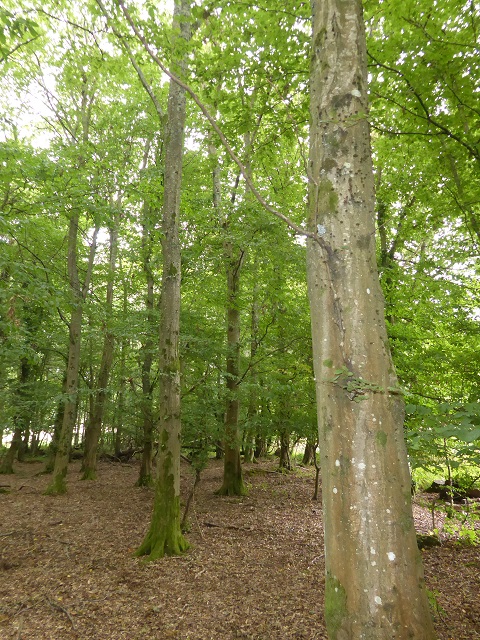
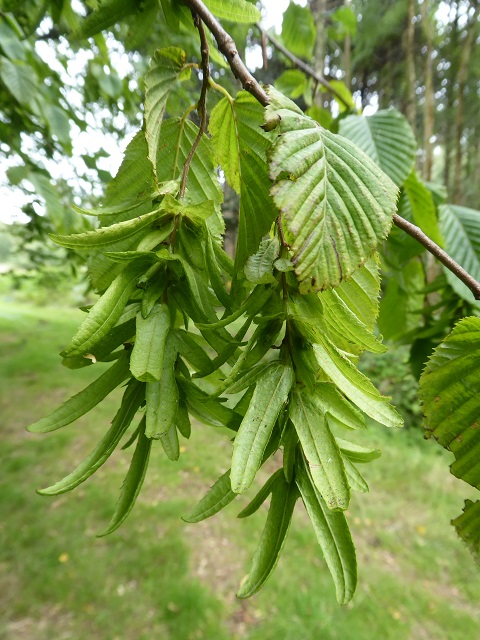
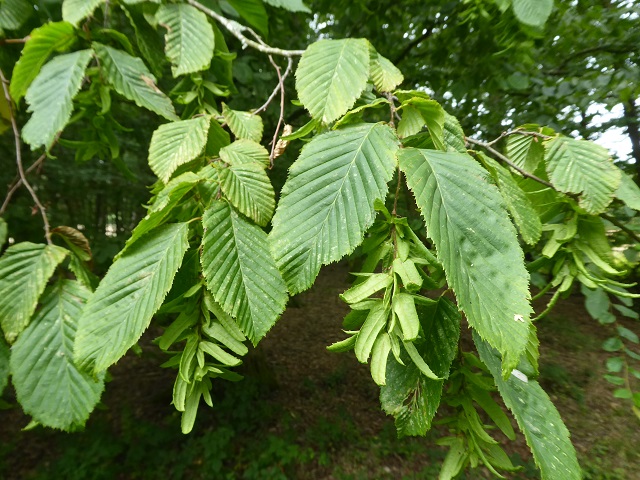
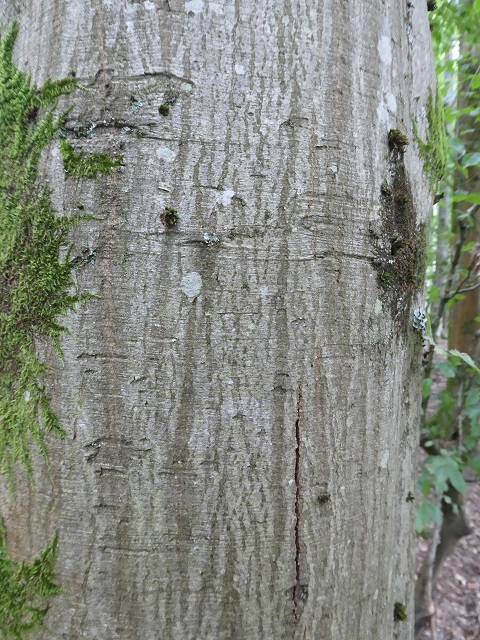
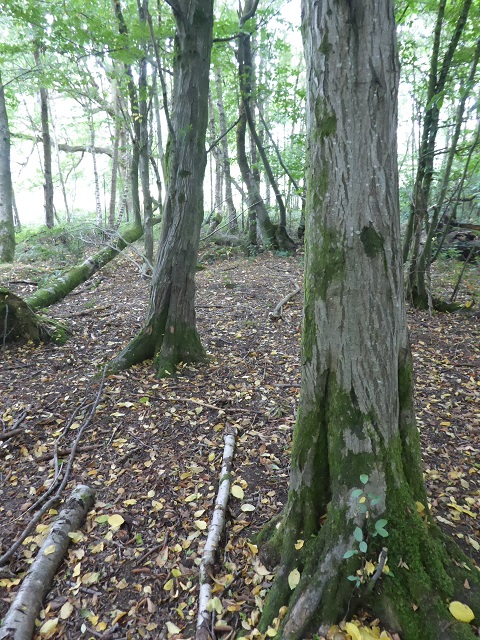
Range
Hornbeam occurs naturally from the Pyrenees to southern Sweden and eastwards to Iran. A British native confined to south-east England but planted throughout the southern half of England and in parts of Wales, north England, and south Scotland. Hornbeam fits in the National Vegetation Classification (NVC) W8 & W10.
Provenance Choice
There have been no provenance trials in Britain. Hornbeam was a relatively recent arrival post ice age, so British populations are likely closely related to those on the continent. Seed sources should be selected from good quality stands in Britain or the near continent.
Site Requirements
Hornbeam is a temperate species with a liking for moist soils. Best growth is on soils of fresh to moist moisture status and of moderate nutrient status such as damp clays, clay with flints, and acid brown earths; it will grow on alkaline soils provided these are neither too shallow nor too dry. It does not tolerate peaty soils or those of very poor nutrient status. A suitable alternative species to beech on wet soils or those prone to periods of waterlogging.
It is a comparatively slow growing and shade tolerant species which is very cold hardy and frost resistant. It is not tolerant of exposure and is adapted to the more continental climates of eastern and lowland Britain.
Further detail on the site requirements of hornbeam in current and future climates can be examined using the Forest Research Ecological Site Classification Decision Support System (ESC).
ECOLOGICAL SITE CLASSIFICATION TOOL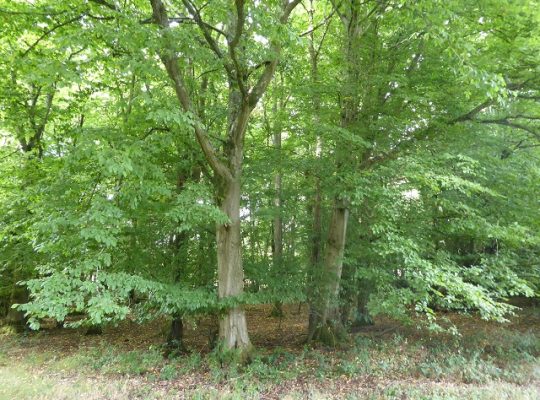
Silviculture
Hornbeam is a tree of small to medium size rarely exceeding 25 m. In character the tree is naturally fluted and twisted with coarse branch structure from the base upwards. As with beech growing hornbeam with close competition can minimize these characteristics.
While there are pure hornbeam woods in Essex and Hertfordshire for example, the species is mainly found as a component of mixed broadleaved woodlands or as an understory. It has long been coppiced (and pollarded) to provide firewood and charcoal on rotations of 20-35 years. A strongly shade tolerant species (but less so than beech) it grows well with standards and in mixed stands to cast shade on good quality oak to suppress epicormics.
Enriching poorly stocked hornbeam coppice can be readily achieved by layering a shoot from an adjacent stump. There is some evidence that freshly cut stumps (stools) survive better if a single shoot, a ‘teller’, is left. On suitable soils regeneration can be prolific.
Commonly planted as part of a native mix of species in hedgerows and native woodland plantings.
Pests and Pathogens
May occasionally suffer dieback as result of root infection by Phytophthora. Vulnerable to squirrel damage and browsing mammals
Full Properties
See our other tools and resources
Further Resources
Internal
In addition to the general sources of information for species the following are useful for hornbeam.
Harmer, R., Kerr, G. and Thompson, R. (2010) Managing Native Broadleaved Woodland. Forestry Commission. Chetham House. SK3 0ZP.
External
In addition to the general sources of information for species the following are useful for hornbeam.
Mabey, R. (1996) Flora Britannica. Sinclair-Stevenson, London. pp 86-88.
Sikkema, R., Caudullo, G., de Rigo, D., 2016. Carpinus betulus in Europe: distribution, habitat, usage and threats. In: San-MiguelAyanz, J., de Rigo, D., Caudullo, G., Houston Durrant, T., Mauri, A. (Eds.), European Atlas of Forest Tree Species. Publ. Off. EU, Luxembourg, pp. e01d8cf+




